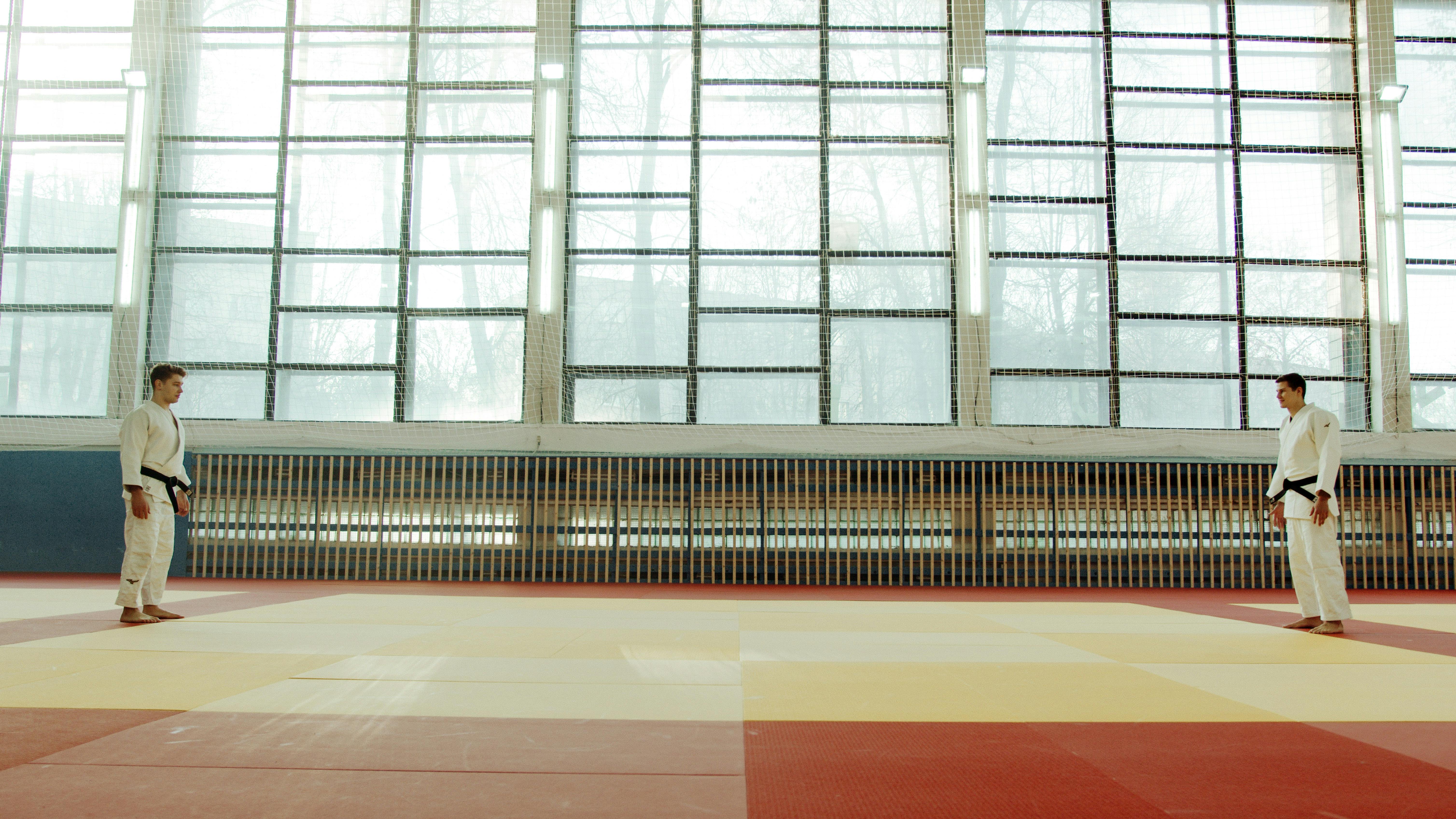Breaking Down the Physiological Demands of Mixed Martial Arts
Mixed Martial Arts (MMA) is a combat sport that has evolved beyond its traditional roots in boxing, wrestling, and martial arts. Today, it's a highly dynamic, complex, and demanding sport, requiring a unique blend of strength, agility, and endurance. In this comprehensive exploration, we'll delve into the physiological demands of MMA, providing an in-depth understanding of what it takes to excel in this sport.

Grappling with the Science of MMA
MMA is a combat sport that combines striking and grappling techniques from various martial arts disciplines, including boxing, wrestling, judo, Brazilian Jiu-Jitsu (BJJ), and Muay Thai. This unique combination makes it one of the most physically demanding sports.
Understanding the physiological demands of MMA begins with a look at the sport’s two main components: striking and grappling. Striking, which includes techniques such as punches, knees, and kicks, requires explosive power and speed. Grappling, on the other hand, involves techniques like throws, takedowns, and submission holds, demanding strength, flexibility, and muscular endurance.
The Cardiovascular Challenge in MMA
MMA is a high-intensity intermittent exercise, characterized by bursts of intense activity followed by periods of lower intensity or rest. This unique pattern places significant demands on the cardiovascular system of MMA fighters. They require both aerobic and anaerobic fitness. Aerobic fitness, or cardio, is the ability to perform prolonged exercise at moderate intensity. On the other hand, anaerobic fitness is the capacity to perform short, intense bursts of exercise.
Research has shown that MMA fighters display high levels of VO2 max, a measure of aerobic fitness. Simultaneously, their anaerobic fitness is also tested to the limit during intense bursts of striking or grappling. Therefore, to excel in MMA, fighters must have a finely-tuned cardiovascular system capable of meeting these demands.
Strength and Power in MMA
Strength and power are critical for MMA fighters. From delivering powerful punches to executing effective takedowns, these physical attributes play a decisive role in the outcome of a fight.
Research indicates that MMA fighters have higher levels of upper body strength compared to other athletes. This strength is crucial in striking, grappling, and defensive maneuvers. Additionally, lower body strength and power are vital for explosive movements like kicks and takedowns.
Flexibility and Agility in MMA
MMA fighters need to be flexible and agile. Flexibility aids in executing a wide range of techniques and preventing injuries, while agility enables fighters to move quickly and change direction swiftly in the octagon.
The Mental Game: Cognitive Demands of MMA
Aside from the physical challenges, MMA also imposes cognitive demands on fighters. They need to make rapid decisions, strategize on the fly, and maintain focus under extreme pressure. Mental toughness, resilience, and a strong competitive drive are key psychological attributes for success in MMA.
The Ultimate Test of Human Performance
Mixed Martial Arts is a sport that tests the limits of human performance. It demands a unique blend of strength, power, agility, endurance, and cognitive prowess. By understanding these physiological and cognitive demands, athletes and coaches can design effective training programs that enhance performance and reduce injury risk. The sport’s dynamic and complex nature continues to challenge our understanding of human performance, making it a fascinating area of exploration in sports science.




